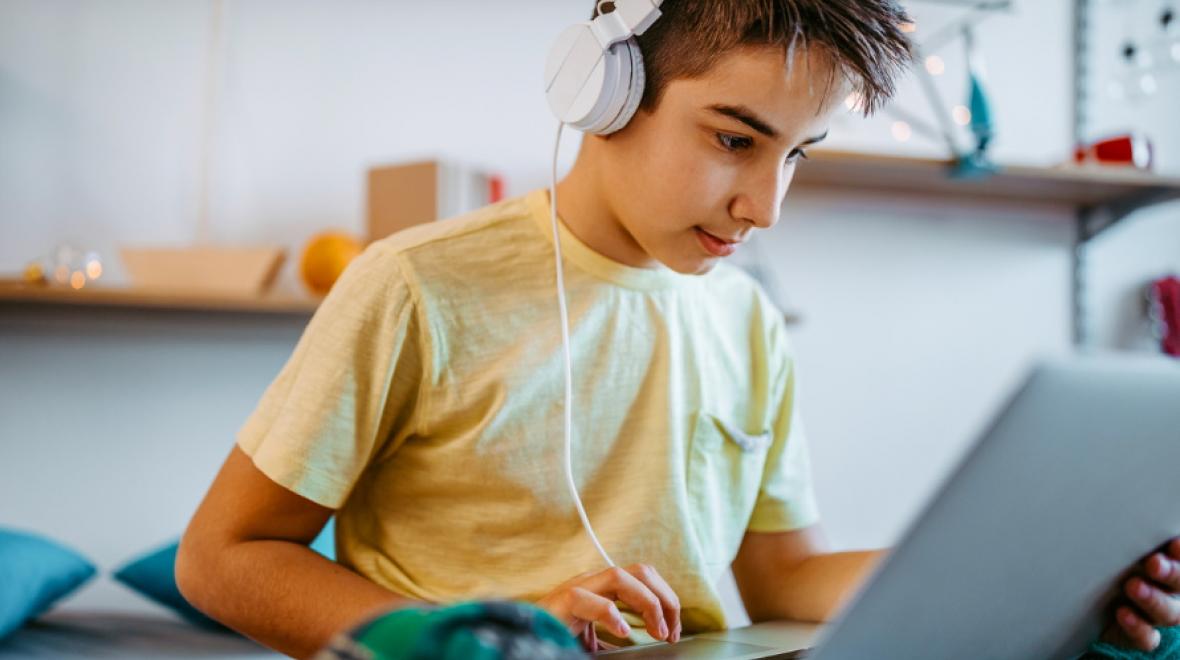
Back in 2016, we published a story on what to do when your child sees porn on the internet. Cleary, we struck a nerve; that article was was one of the most popular articles on our site.
In that article, experts recommended offering your child books as a means to help them both learn about sexuality and, as one put it, “get their jollies.” The thinking goes like this: The still photos of a book or a catalog provide a much safer avenue for a child to explore their sexuality — in contrast to the HD world of internet porn.
Readers’ responses to this recommendation was, understandably, mixed. The question we heard most often: “That’s great and all, but do you have any suggestions for books with sexual themes that are okay for me to give my kid?”
To answer this query, we called up Amy Lang and Jo Langford, two of the experts interviewed for the original article. Lang is a Seattle-based sexuality educator who runs the well-known website Birds + Bees + Kids, and Langford is a sex educator and therapist who’s written a number of books on sexuality including a couple with ParentMap.
Here’s what they suggested:
Go caveman. Both Lang and Langford recommend providing your puberty-aged child sex-related resources that have still pictures over video. Why? “A kid still needs to use their imagination while they’re looking at the pictures,” Langford says.
That imagination piece is key for raising a child with a healthy sense of sexuality. “Video and online porn reduce imagination. The blanks are filled in,” Lang says. “Online porn tells them what to think and what’s stimulating rather than coming up with, ‘Oh, this is attractive to me.’”
Think outside the internet. So what exactly is a “sex-related resource”? It’s as everyday as a Victoria’s Secret catalog or a paperback romance novel (remember: Consider including a variety of different relationships, not just hetero ones).
“Think fiction books that have sex and romance,” says Lang. One example: “Outlander.” “That book is full of sex but it also has historical fiction and romance,” she says. (For additional titles, visit this librarian-approved list of “steamy teen fiction” on Lang’s blog.)
It also doesn’t have to be a book. “Subscribe to a swimsuit catalog,” Lang says. “No one needs to know what’s going down. Leave the catalogs around and maybe they’ll disappear, and that’s great.”
Get over your nerves — the stakes are too high. “I think parents are really afraid of their child’s sexuality and want to pretend it’s not a thing but at this point, we have to quit it,” Lang says. “We have to stop because it’s really screwing them up.”
Tell your child as much: “Do not look for sexual videos online because it will screw you up. It can make you feel really yucky, embarrassed and ashamed. You can see things that you can’t unsee.” A book or a catalog, however? That’s a safe place for your child to be sexually stimulated.
Don’t skip The Talk. All of this doesn’t mean you can skip talking about sex, sexuality and porn. “Don’t just hand it over,” Lang says. “Have continued conversations about sexuality.”
But don’t belabor every point. If you’ve already had a productive conversation (or two or three) with your kid about the birds and the bees, great! Feel free to drop off a romance novel without a long speech.
“It’s also completely legal to write a note,” says Lang. “Stick it on the book or magazine and say, ‘Hey, I get that you’re growing up and you might be interested in sexual stuff. This is a safe place to look at that stuff so here you go.’ You never have to talk about it again.”
Try a “don’t Google it” policy. Langford does this with his own kids. “[Our rule is] if you don’t know what a word means, come and ask me and if I don’t know, we’ll look it up together.”
The rule has led to “some fantastic conversations in my family,” he says. “We’ve talked about everything from ‘what the f-word means’ to ‘the difference between ass, asshole and jackass.’” Sound weird? Think of it this way, says Langford: “You don’t want your kids to Google ‘blow job’ or ‘bitch.’ It’s not going to end well.”
Ask questions. One of Langford’s favorite to ask around the family dinner table: “What’s something weird you heard at school or that your friends told you about that can’t possibly be true?” The answers may well surprise you.
Do a little homework. Always flip through any resource you give your child to make sure it doesn’t introduce concepts they’ll need to Google to get. We’re looking at you, “50 Shades of Grey.”
Remember parental controls. They matter, and they’re easy to set up. Don’t forget to add them to any device your child regularly encounters, including ones they may inherit from older, more internet-savvy siblings.
Start young. While both Lang and Langford recommend giving books, catalogs, etc. to kids who are actually in puberty (read: sixth grade and up), you can start having effective conversations about sexuality long before the hormones kick in.
“Younger kids are often more curious about what people look like when they’re naked,” says Lang. Consider books like “What’s Going on Down There?” or “It’s So Amazing!” Another idea? Good old-fashioned art (a.k.a. a really good reason to look at art books or visit a museum).
Consider this. This kind of thing feels awkward. It is awkward. But it’s also very, very important, say both Lang and Langford. “It’s not your kid’s job to ask for help, and it’s also not their job to protect themselves from exposure [to porn] online,” Lang says. “It’s the adult’s job. You have to make sure that every safeguard is in place.”
Editor’s note: This article was originally published in 2018, and updated in March 2021.











